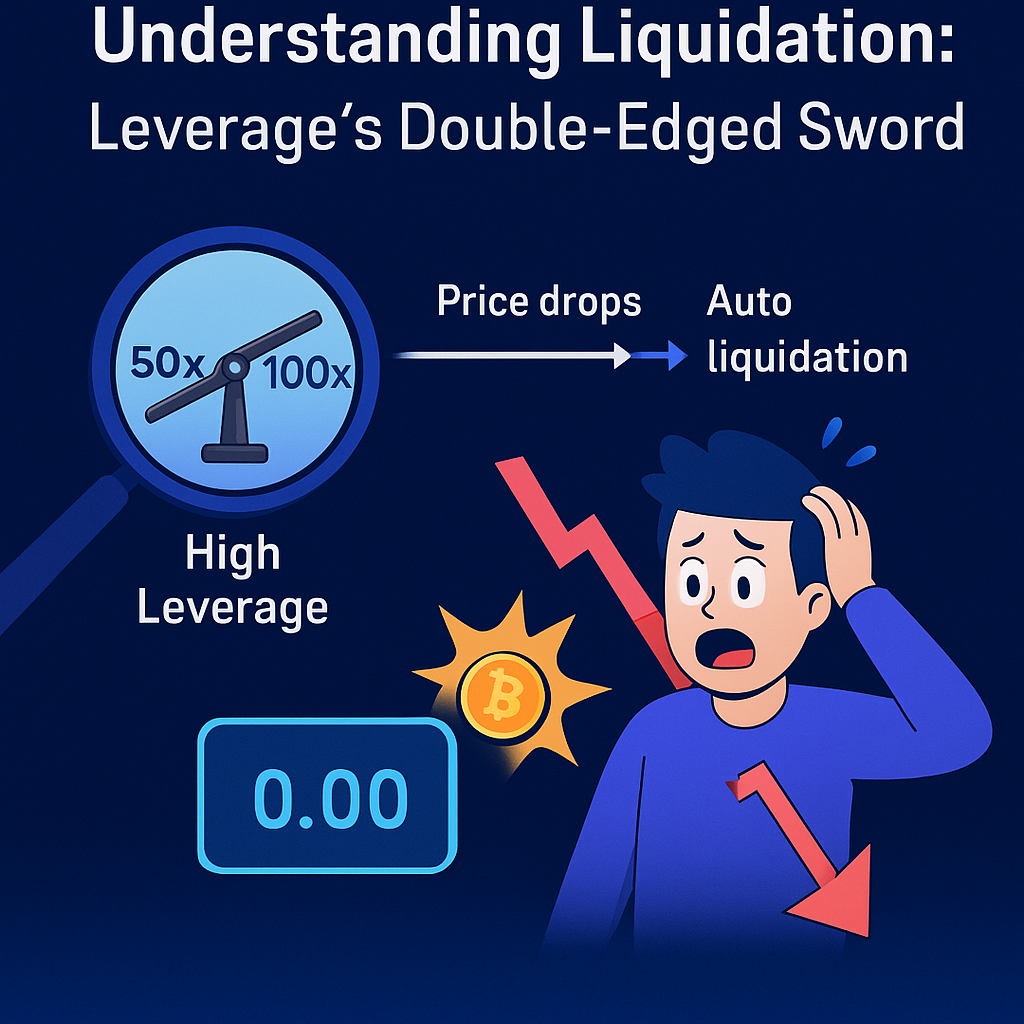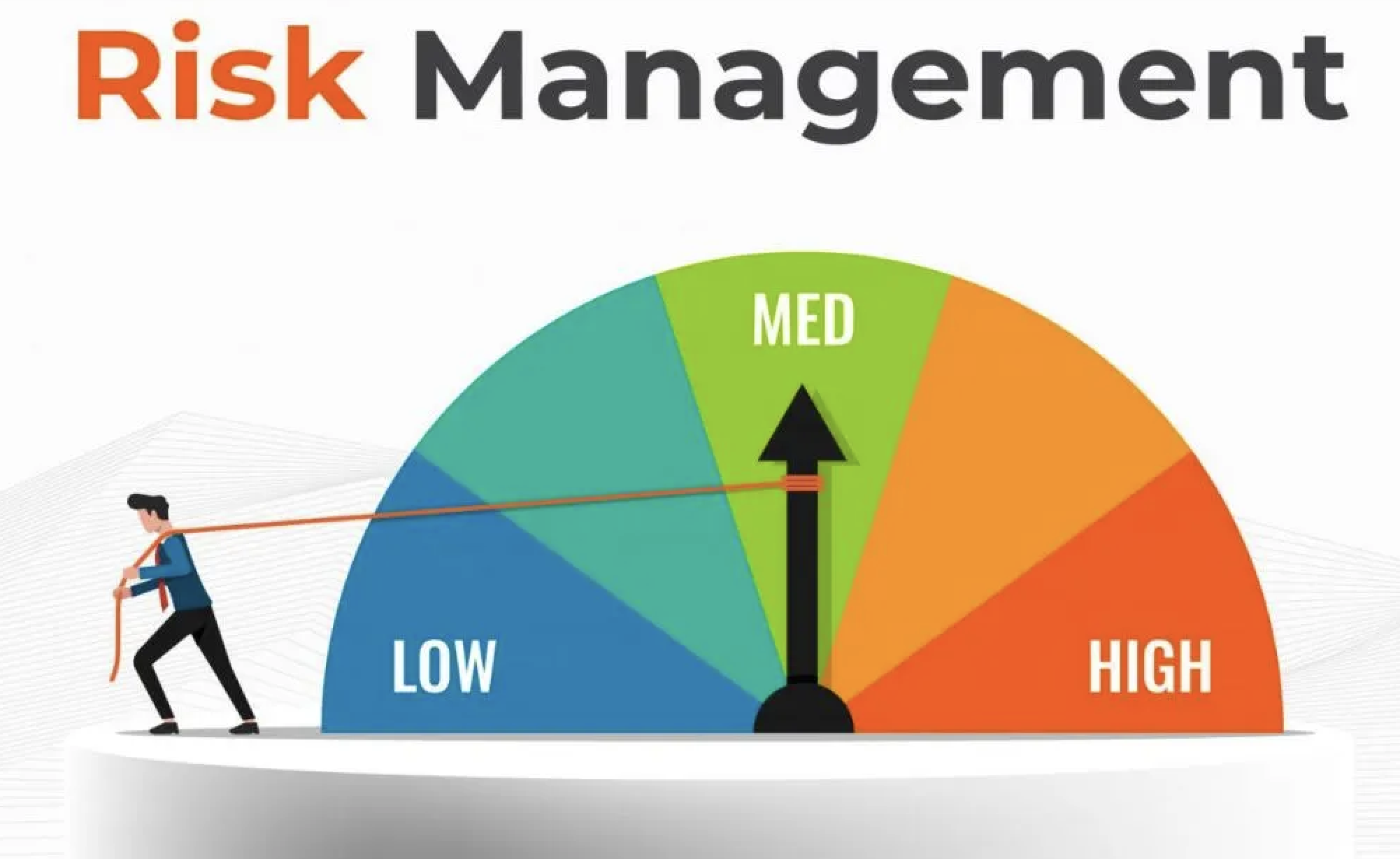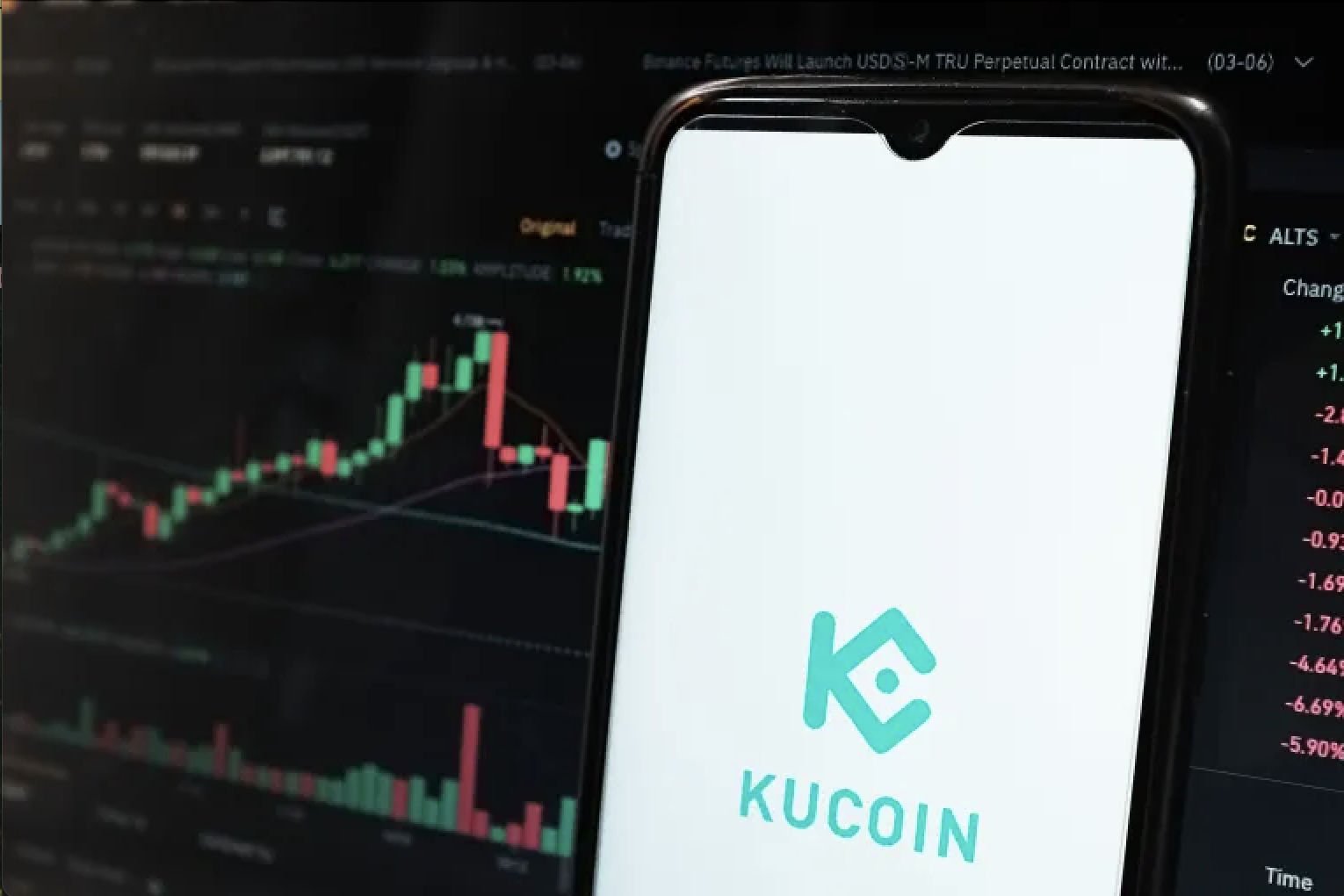Bitcoin perpetual futures offer an exhilarating avenue for traders to capitalize on the volatile cryptocurrency market. Unlike traditional futures, these contracts never expire, allowing for continuous speculation and the use of leverage to amplify potential gains. However, this power comes with a significant caveat: the ever-present specter of liquidation. For many, the fear of losing their entire margin duein to a sudden market swing is a constant shadow. This Bitcoin Perpetual Futures Tutorial will dive deep into understanding, preventing, and managing the risks associated with BTC perpetual futures, helping you escape the dreaded liquidation trap.
What is Liquidation?
At its core, liquidation in BTC futures trading occurs when the value of your margin collateral falls below a certain threshold required to maintain your open position. This threshold, known as the maintenance margin, is a percentage of your position's value. When the market moves against your trade significantly, your exchange will automatically close your position to prevent your losses from exceeding your initial margin. This is a safeguard for both the exchange and other traders, but for the individual trader, it means losing all the funds allocated to that particular trade.
Think of it like this: you've borrowed money (leverage) to make a bigger bet. If your bet goes sour, the lender (the exchange) will take back what they're owed before your losses impact their capital. The higher the leverage you use, the smaller the price movement required to trigger liquidation, making it a double-edged sword that can amplify both profits and losses.

The Anatomy of a Forced Closure: Why Does Liquidation Happen?
Liquidation isn't random; it's a direct consequence of several factors:
-
Excessive Leverage: This is the primary culprit. While 100x leverage might seem appealing for massive gains, it means even a 1% adverse price movement can wipe out your initial margin. Lower leverage provides a wider buffer against market fluctuations.
-
Volatile Market Conditions: Bitcoin's notorious price swings mean that positions can quickly move into unprofitable territory. A sudden "flash crash" or "pump" can catch unprepared traders off guard.
-
Insufficient Margin: Not having enough collateral in your account to cover potential losses. Your initial margin isn't just what you put in for a specific trade, but the total available capital in your futures wallet.
-
Poor Risk Management: The absence of a clear trading plan, lacking stop-loss orders, or emotional trading can accelerate your path to liquidation.
Building Your Shield: Proactive Risk Management Strategies

Preventing liquidation begins long before you click "buy" or "sell." It's about a disciplined approach to BTC futures trading.
-
Master Your Leverage: The Golden Rule
The allure of high leverage is powerful, but it's crucial to understand its true cost. For beginners, starting with low leverage (e.g., 2x-5x) is paramount. This gives you a much larger liquidation price buffer, allowing your trades more room to breathe through minor market jitters. As you gain experience, you might gradually increase it, but always with a full understanding of the amplified risk. Remember, even professional traders rarely use extreme leverage for sustained periods.
-
Position Sizing: Don't Bet the Farm
Never commit a significant portion of your total capital to a single trade. A common rule of thumb is to risk no more than 1-2% of your total trading capital on any given trade. If you have $1000, that means risking $10-$20. This strategy ensures that even if you face multiple consecutive losses, your overall capital remains largely intact, allowing you to stay in the game.
-
The Indispensable Stop-Loss Order
A stop-loss order is your most critical defense. It automatically closes your position when the price reaches a predetermined level, limiting your potential loss. Before entering any trade, identify your invalidation point – the price at which your trade idea is proven wrong – and set your stop-loss there. Crucially, stick to your stop-loss. Don't move it further away in hopes of a reversal; that's a surefire way to escalate losses.
-
Take Profit Orders: Lock in Gains
While less about preventing liquidation, setting take-profit orders is vital for overall profitability. It ensures you lock in gains at target levels, preventing a profitable trade from turning into a losing one due to a market reversal.
-
Understand Funding Rates
BTC perpetual futures have funding rates, which are payments exchanged between long and short traders, typically every eight hours. When the market is bullish, longs pay shorts; when it's bearish, shorts pay longs. While generally small, significant funding rates can impact your profitability, especially if you hold a position for an extended period against the prevailing market sentiment. Factor these into your holding costs.
-
Margin Management: Monitor Your Health
Most exchanges display a "margin ratio" or "health" indicator for your positions. Actively monitor this. If it starts to climb (indicating you're getting closer to liquidation), consider:
-
Adding more margin to your position to lower your liquidation price.
-
Reducing your position size by taking partial profits or cutting some losses.
Choosing the Appropriate Platform for Futures Trading

Selecting a robust and reliable platform is crucial for BTC perpetual futures trading. Look for features like:
-
Deep Liquidity: Ensures your orders are filled quickly and at fair prices.
-
Robust Matching Engine: Minimizes slippage, especially during volatile times.
-
Clear UI/UX: An intuitive interface helps you manage trades effectively.
-
Advanced Order Types: The ability to set various stop-loss, take-profit, and conditional orders.
For those looking to explore BTC perpetual futures and apply these strategies, you can find a comprehensive trading interface here: https://www.kucoin.com/futures/trade
Beyond the Technicals: The Mental Game
Successful BTC futures trading isn't just about charts and indicators; it's heavily influenced by your psychology.
-
Avoid Emotional Trading: Fear of missing out (FOMO) and fear, uncertainty, and doubt (FUD) can lead to impulsive and irrational decisions. Stick to your pre-defined trading plan.
-
Develop a Trading Plan: Before entering a trade, know your entry, exit (stop-loss and take-profit), and maximum risk. Document it.
-
Regularly Review and Adapt: After each trade, win or lose, review what happened. What did you do right? What could you improve? Learn from your mistakes.
Conclusion
The allure of Bitcoin perpetual futures is undeniable, offering unique opportunities for speculation and profit. However, without a strong foundation in risk management, the liquidation trap remains a constant threat. By understanding how liquidation works, embracing sensible leverage, diligently applying stop-loss orders, managing your position sizes, and maintaining emotional discipline, you can navigate the volatile waters of BTC futures trading more safely and effectively. Remember, the goal isn't just to make big wins, but to stay in the game long enough to achieve consistent profitability.












